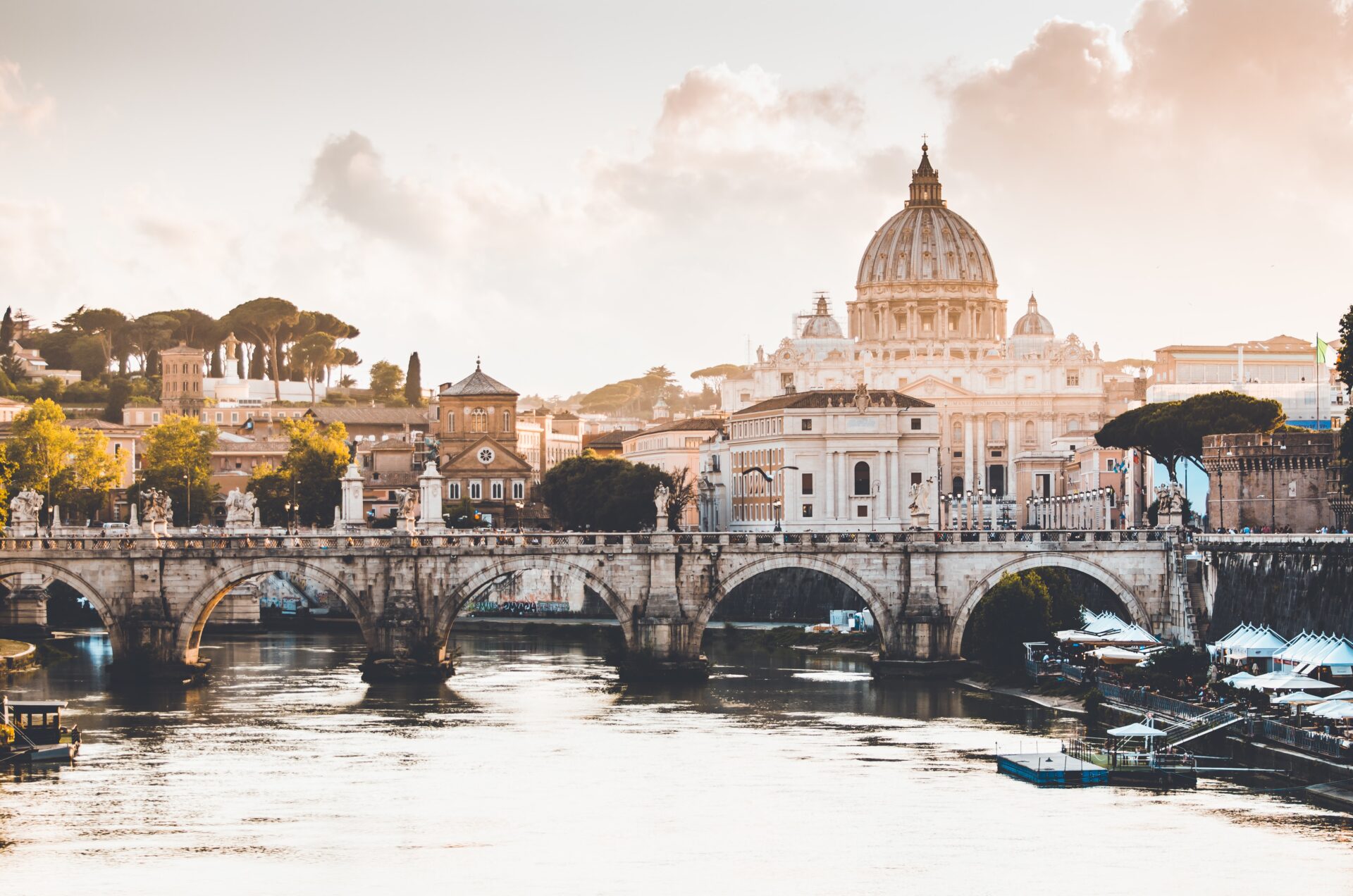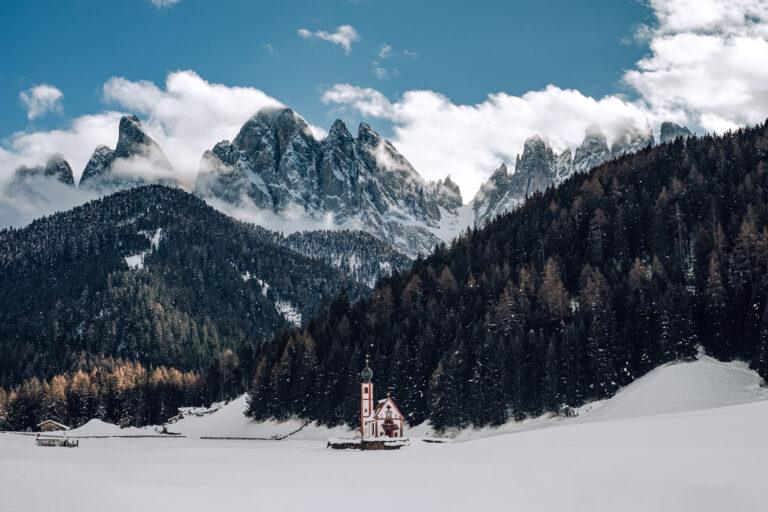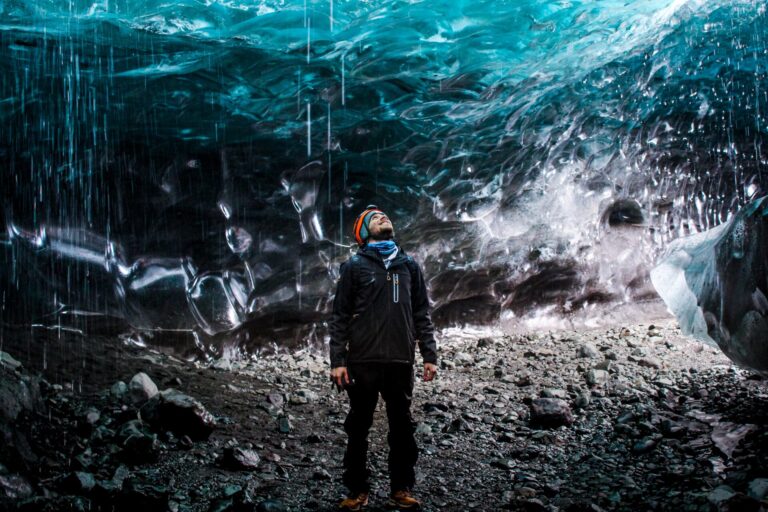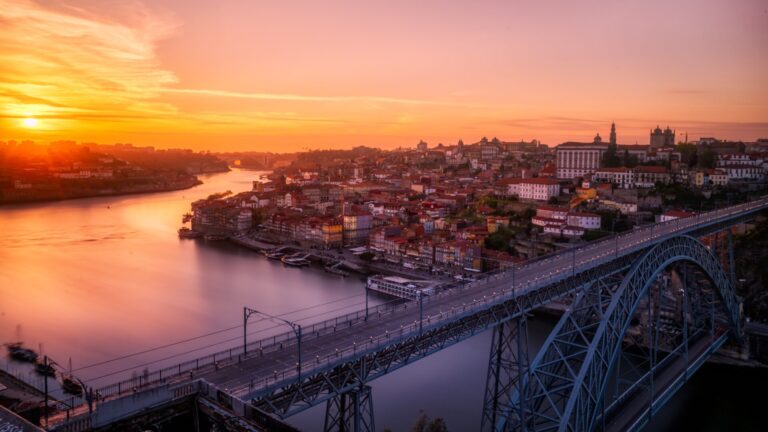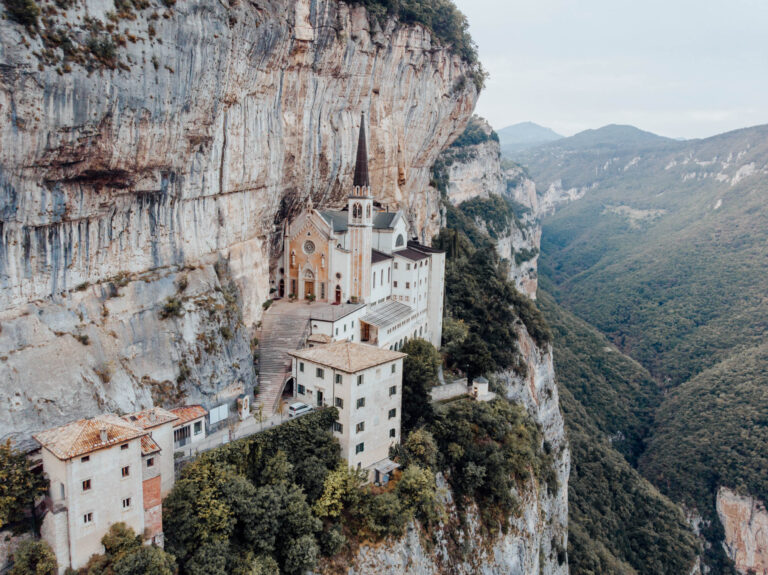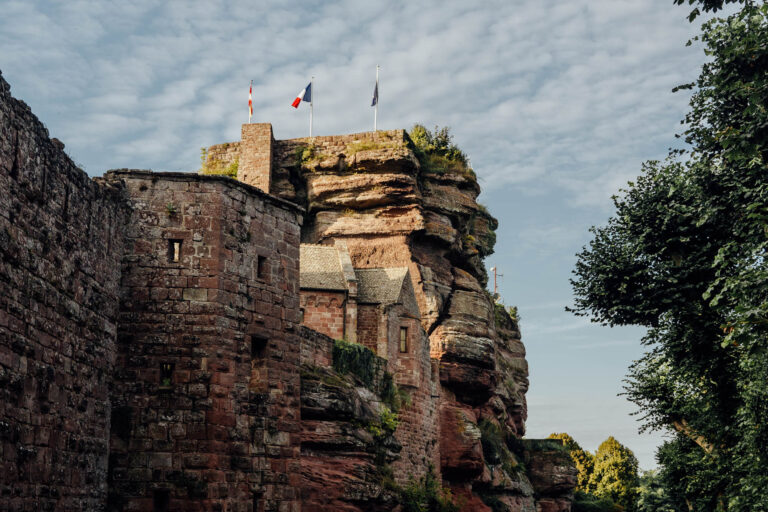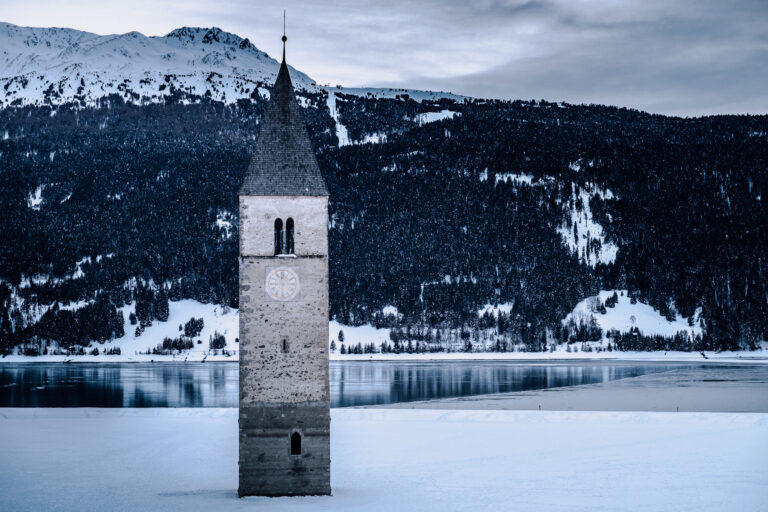Rome 3-Day Itinerary: Discover The Eternal City In 72 Hours
Embarking on a Rome 3-day itinerary allows you to immerse yourself in the wealth of history, art, and culture that the Eternal City has to offer. Whether you’re a first-time visitor or a seasoned traveler, Rome’s ever-changing landscape promises new discoveries with every visit. This article explores must-see sights and experiences that you shouldn’t miss during your Roman adventure.
Page Contents
Experience Rome’s Rich History And Culture In Three Days
We packed this Rome 3-day itinerary with incredible sights, ranging from the Colosseum and Vatican to Gianicolo Hill. Whether you’re passionate about history, art, or simply want to unwind in beautiful surroundings, Rome offers a wealth of unforgettable experiences. With its rich history and vibrant atmosphere, the Eternal City will undoubtedly leave a lasting impression on every visitor.
You can tailor the Rome 3-day itinerary to your unique interests by consulting three of our other carefully curated guides. These additional resources will help you dive deeper into various aspects of your trip, ensuring a truly memorable experience in the Eternal City.
- Best Places to Stay in Rome: A Guide for First-Time Visitors
- A Foodie’s Guide: The Best Places to Eat in Rome, Italy
- The Historical Places in Rome (Itinerary)
Day 1: Explore Iconic Landmarks And Breathtaking Views
Start your first day in Rome by exploring Piazza di Spagna, a must-see destination that offers stunning views and historic charm. Located at the base of the Spanish Steps, the square is a popular gathering place for both locals and tourists. The Spanish Steps were built in the 18th century and were named after the Spanish Embassy that once stood nearby. The Church of Trinità dei Monti, located at the top of the steps, is a beautiful example of Renaissance architecture and offers breathtaking views of the city from its terrace. The square itself is also home to the famous Barcaccia fountain, designed by Gian Lorenzo Bernini’s father, Pietro Bernini.
After exploring Piazza di Spagna, head to the nearby Fontana di Trevi, one of the most famous fountains in the world. The fountain is nestled in Rome’s heart and was completed in the mid-18th century. Designed by architect Nicola Salvi, the fountain features sculptures of Neptune, Triton, and other sea creatures. Legend has it that if you toss a coin over your left shoulder into the fountain, you are guaranteed to return to Rome one day. The fountain attracts thousands of visitors every day, so to avoid the crowds, it’s recommended to visit early in the morning.
Next, don’t miss the Pantheon, an ancient temple-turned-tourist attraction that’s renowned for its incredible unsupported dome. Originally built as a temple to all the gods in the 2nd century AD, the Pantheon was later converted into a church in the 7th century. The Pantheon’s dome is still considered an architectural marvel and has been inspiring architects for centuries. Inside the temple, you can admire some of Rome’s most exquisite frescoes and sculptures, including the tomb of Raphael.
Continue your day by heading to Piazza Navona, another popular destination featuring impressive Baroque architecture. The square is famous for Bernini’s Fountain of the Four Rivers, which represents the four major rivers of the world at the time, including the Nile, the Danube, the Ganges, and the Rio de la Plata. The square is also home to the Sant’Agnese in Agone church, which was designed by Francesco Borromini in the 17th century. Surrounded by cafes and restaurants, Piazza Navona is an ideal spot to unwind and absorb Rome’s vibrant atmosphere.
Finally, end your day by escaping the city’s bustle at Villa Borghese, a picturesque park that covers 80 hectares in the heart of Rome. The park houses several museums and galleries, including the Borghese Gallery, which showcases masterpieces by Caravaggio, Bernini, and Raphael. The gallery’s collection includes some of the most important works of the Italian Renaissance, including Bernini’s “Apollo and Daphne” and Caravaggio’s “David with the Head of Goliath”.



Day 2: Delve Into Rome’s Ancient History And Natural Beauty
On your second day in Rome, start by visiting Piazza Venezia, a central square that is home to significant landmarks like the Vittoriano monument. The monument is dedicated to Victor Emmanuel II, the first king of a united Italy, and features a bronze equestrian statue of the king on the top of the building. The monument offers stunning city views from its terrace and also houses the Tomb of the Unknown Soldier, a monument dedicated to Italian soldiers who died during World War I.
Next, explore the iconic Colosseum, one of the most recognizable landmarks in Rome. The ancient amphitheater is steeped in Roman history and was completed in AD 80. It was used for gladiatorial contests, animal hunts, and public spectacles, and is a testament to the architectural and engineering skills of the ancient Romans. Today, visitors can explore the Colosseum’s interior and imagine what it must have been like to be a spectator during ancient Roman times.
After visiting the Colosseum, head to the nearby Roman Forum and Palatine Hill to uncover the center of Roman public life. The Roman Forum was the heart of ancient Rome, and was once the site of government buildings, temples, and public events. Today, visitors can explore the ruins of the Forum and gain fascinating insights into Rome’s past. Palatine Hill, located adjacent to the Forum, was the site of ancient Rome’s most exclusive neighborhood, with several imperial palaces and villas. The hill offers stunning views of the Forum and the surrounding city.
Discover the Bocca Della Verità, a mysterious stone mask said to reveal lies, located at the Church of Santa Maria in Cosmedin. The legend states that if a person places their hand inside the mouth of the mask and tells a lie, the mouth will close, severing their hand. While this legend may be just a myth, the Bocca Della Verità is an interesting and unique attraction that’s worth a visit.
Relax at the Giardino Degli Aranci (Orange Garden) on Aventine Hill, which boasts beautiful flora and panoramic city views. The garden is located on the site of a former vineyard and features orange trees, rose bushes, and other plants. The garden offers stunning views of the Tiber River and St. Peter’s Basilica. Similarly, Janiculum Hill offers picturesque views and attractions like the Fontana dell’Acqua Paola and the Basilica di San Pietro in Montorio. The Janiculum Hill is also home to a cannon that fires daily at noon.
Finally, end your day by visiting the Museo Nazionale Etrusco, which is located in the Villa Giulia. The museum offers fascinating insights into the Etruscan civilization through ancient artifacts and exhibits. The Etruscans were one of the most important civilizations in ancient Italy and left a significant mark on the country’s history and culture. The museum’s collection includes Etruscan jewelry, pottery, and sculptures, providing visitors with a glimpse into the Etruscan way of life.


Day 3: Uncover The Vatican And Charming Trastevere
On your final day in Rome, start at the Vatican, home to some of the world’s most iconic landmarks and museums. Visit the Vatican Museums to explore the art and history of the Catholic Church. The museums are comprised of a series of galleries and halls that house an impressive collection of art, including works by Leonardo da Vinci, Raphael, and Caravaggio. The highlight of the museums is the Sistine Chapel, which is famous for its beautiful frescoes painted by Michelangelo. The chapel is still used today for important ceremonies and gatherings.
After exploring the Vatican Museums, head to St. Peter’s Basilica, another must-visit destination in Rome. The basilica is the largest church in the world and is located in Vatican City. It was designed by several famous architects, including Bramante, Michelangelo, and Bernini. The church is home to many significant art pieces, including Michelangelo’s “Pietà” sculpture and Bernini’s “Baldachin” altar canopy. Visitors can also climb to the top of the dome for panoramic views of the city.
Next, explore the picturesque Trastevere neighborhood, known for its narrow streets, vibrant atmosphere, and the Basilica di Santa Maria. This stunning 12th-century church is a must-visit for its beautiful mosaics and frescoes, as well as its unique bell tower that is slightly tilted. Trastevere is also home to many charming shops, cafes, and restaurants, making it a great spot to grab a bite to eat and soak up the local culture.
Finally, conclude your Rome 3-day itinerary by watching the sunset from Ponte Umberto I. This bridge spans the Tiber River and offers unforgettable views of the city. Both tourists and locals flock to this spot to enjoy the sunset and capture memorable photographs. From the bridge, you can see the Vatican, St. Peter’s Basilica, and Castel Sant’Angelo. As the sun sets and the city lights come on, you’ll be able to see Rome in a whole new light.



